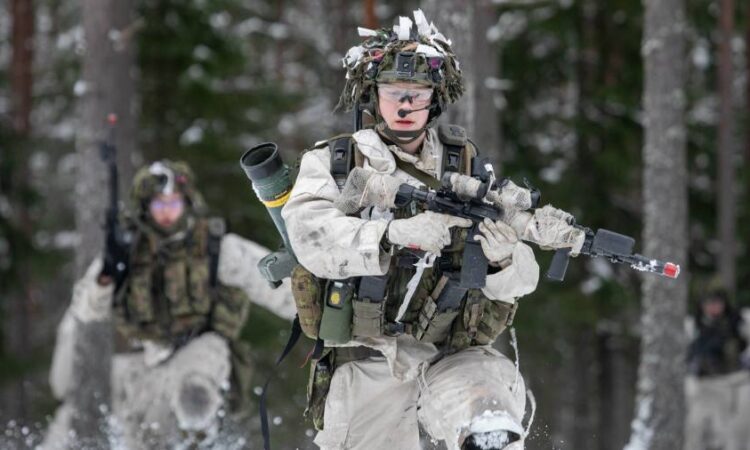
Your article “War exposes ‘hard reality’ of west’s capacity” (Report, December 3) clearly sets out the problems of lack of military supplies and some of the causes.
There is another reason: Europe has too many weapon systems.
The US armed forces and the sum of European Nato forces have similar numbers of personnel. But the US has about 30 main weapon systems and European Nato members 175.
That multiplicity means higher production costs and so less kit that is modernised, less often. Incompatible equipment, each with its own logistics trail, makes it harder for armies to support each other on the battlefield.
A comparison with the quality of American kit seems to show that the benefits of competition do not outweigh the lack of economies of scale.
Since the main driver of multiple weapons systems appears to be a desire to protect national defence industries and national sovereignty, competition is anyway not given free rein.
A solution would be to go beyond the existing Permanent Structured Co-Operation (PESCO) mechanisms such that all the major defence procurement of EU countries would be run by the European Commission.
Vaccine procurement showed how much better that worked than each member state going it alone. Non-EU Nato members could be associated with the programme.
The EU could also set up a mechanism so that defence capabilities that are beyond the ability or need of an individual country could be financed collectively even if hosted within one or several countries’ armed forces.
Finland’s prime minister Sanna Marin said that the Ukraine war had exposed how Europe was not strong enough (“Finland warns democracies against being ‘naive’ on China”, Report, December 3).
Common EU defence procurement would help address that failure.
Michael Romberg
London W1, UK






